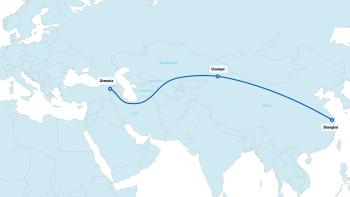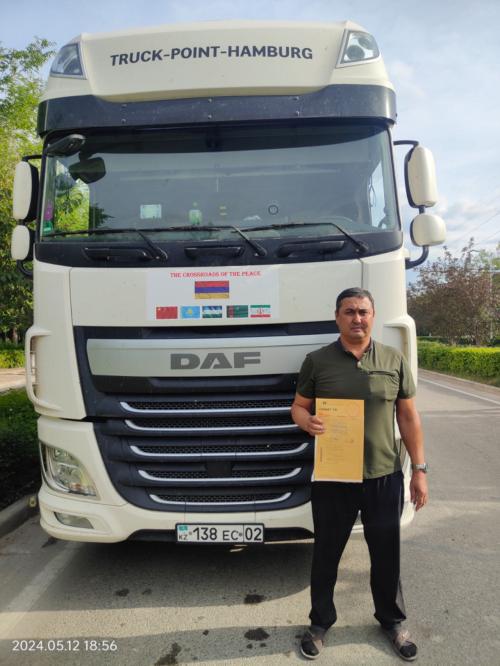The southern branch of the east-west corridor offers unparalleled connectivity. A 20-day road transport operation is a recent example of that.
Goods were transported by road from Shanghai, under the TIR system, to the Armenian capital of Yerevan in just 20 days.
The truck, operated by transport and logistics company Gold Way, exited China from the Khorgas border crossing between China and Kazakhstan, before transiting Kazakhstan, Uzbekistan, Turkmenistan and Iran.

In contrast, sea transport from Shanghai to Armenia takes at least 35-45 days via the Iranian port of Bandar Abbas and 60-70 days on average through the Georgian sea port of Poti.
Following the successful completion of this TIR transport, a second truck took the same route to Yerevan, this time departing from the China-Kazakhstan Alashankou border crossing.

East-west connectivity
Due to recent geopolitical developments, the middle and southern branches of the east-west corridor have become critical trade routes connecting China and Central Asia to the Caucasus and Europe.
Whereas the Middle Corridor is a multimodal route that crosses the Caspian Sea, the Southern Corridor passes through Iran and Turkmenistan. It does not require transshipment, making it more efficient and enabling door-to-door road transport connectivity.
The Southern Corridor has experienced a boost in freight volumes in recent years. For example, transport operations by Turkish operators from Türkiye to Kyrgyzstan, Tajikistan, Turkmenistan and Uzbekistan grew by 44%, on average, from 2020 to 2023. In the case of non-Turkish transport companies, it rose by 86%.
What is TIR?
The TIR system enables goods to be shipped from a country of origin to a country of destination in sealed load compartments that are controlled by customs via a multilateral, mutually recognised system.
It streamlines procedures at borders, reducing the administrative burden for customs authorities and transport and logistics companies. It cuts border waiting times significantly, saving time and money.
The TIR system, which is celebrating its 75th anniversary in 2024, connects China with over 30 countries across Eurasia, offering more secure transport options that are over 80% faster and 50% cheaper.
